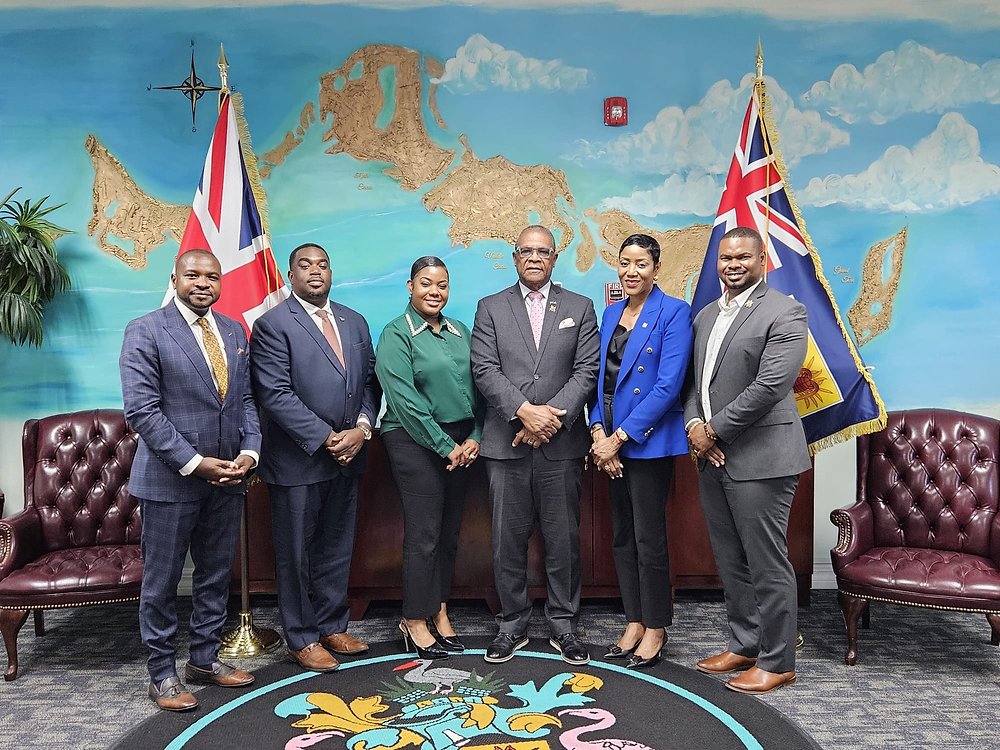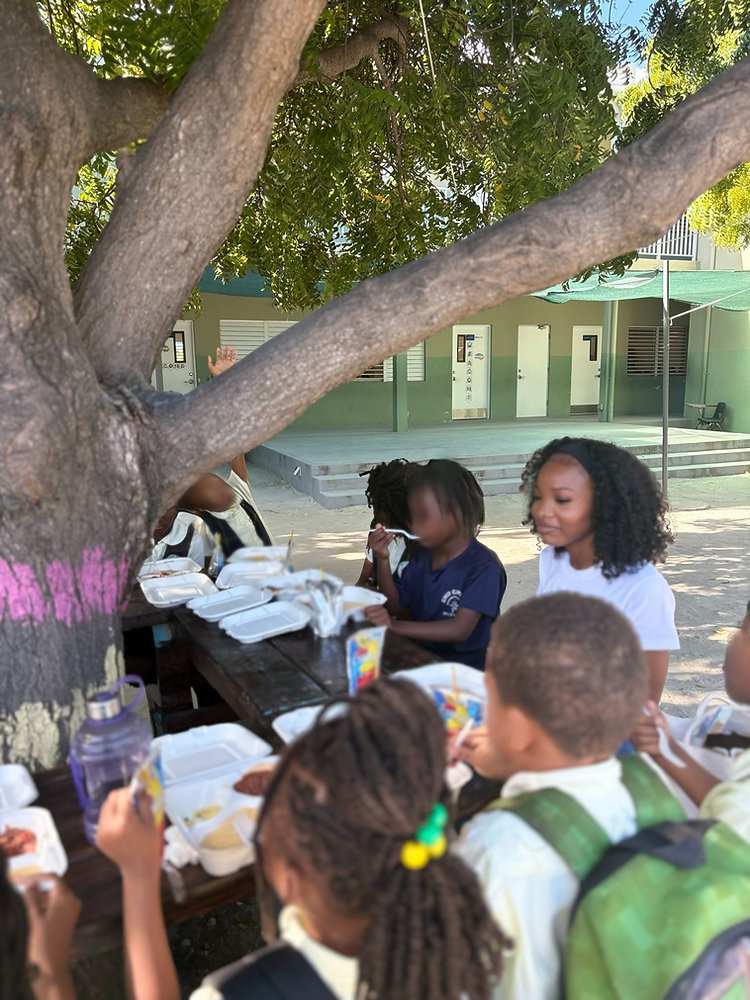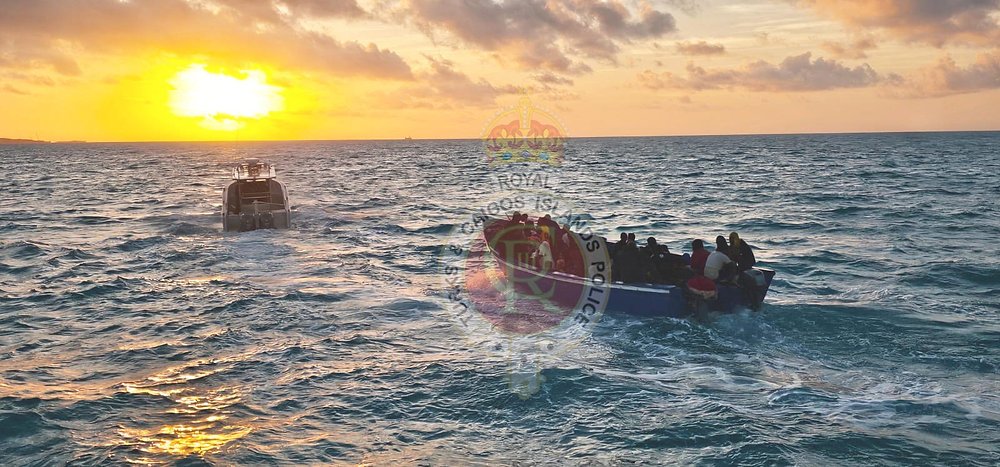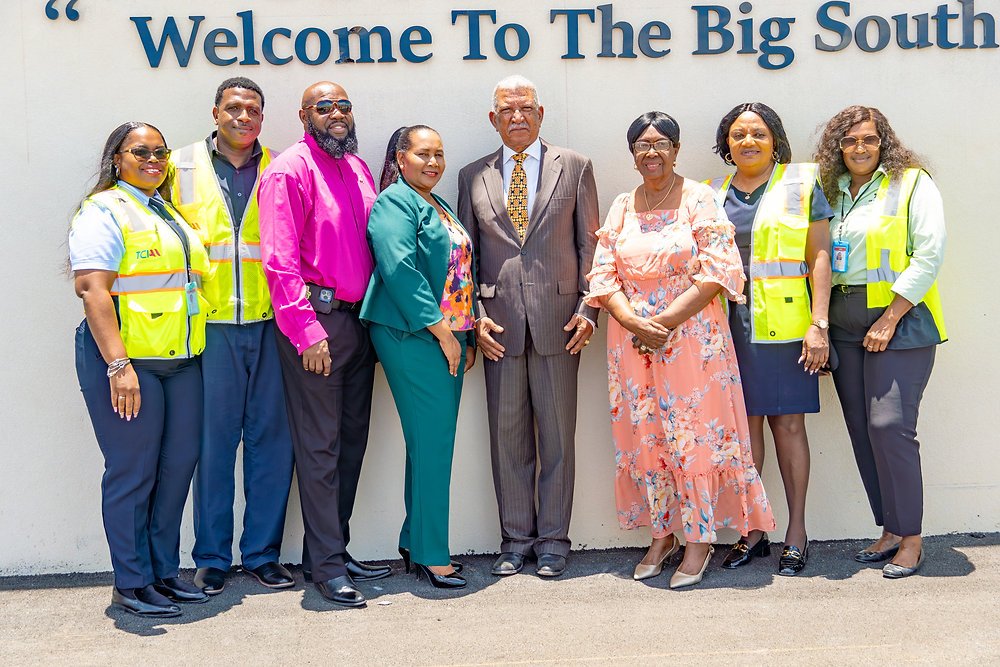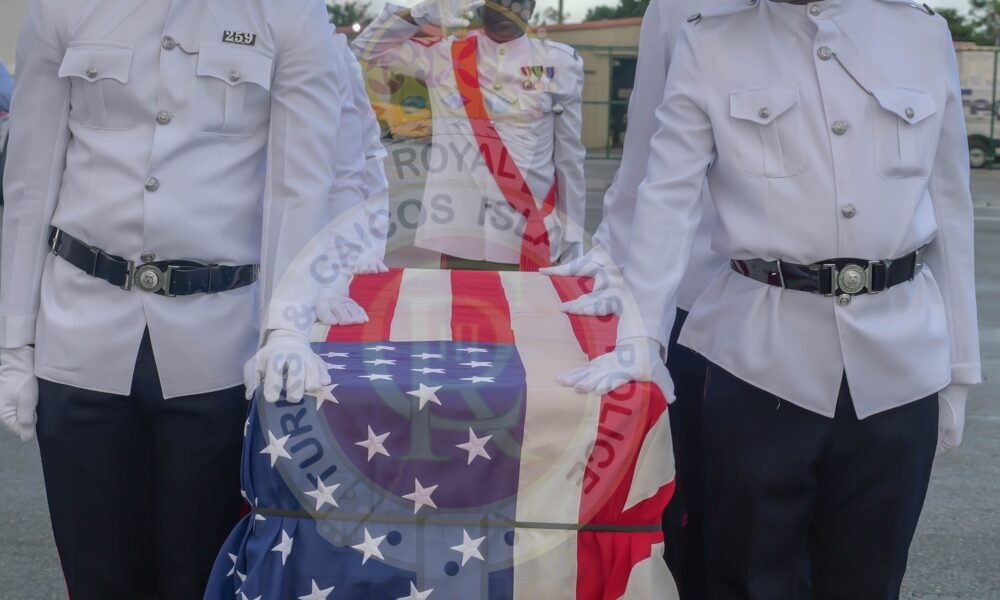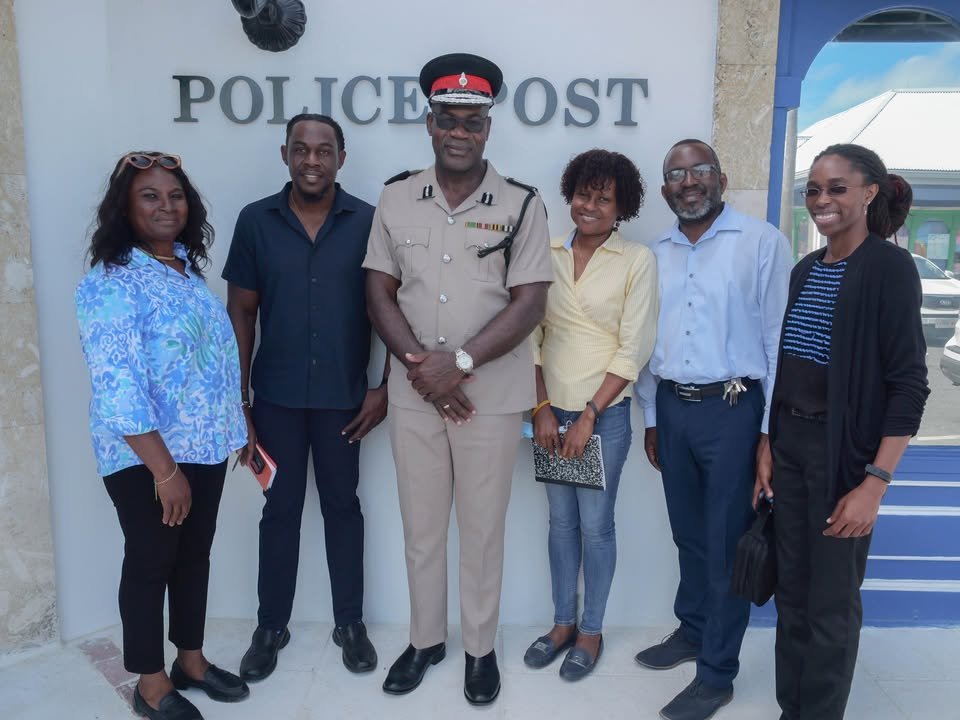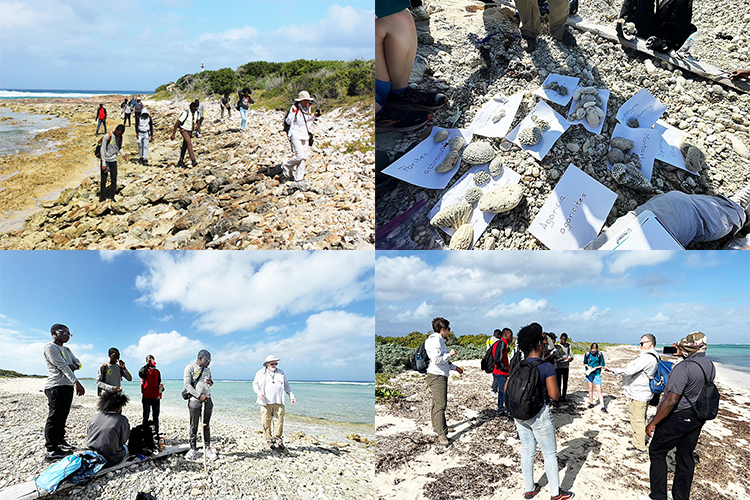
Geology expedition to North West Point, Providenciales
In January 2024, a group of geologists from Smith College in Massachusetts and Hartwick College in New York, USA, was conducting reconnaissance field work on Turks in Caicos for their
This was their first trip to the islands. The group stayed on Providenciales and also visited field sites on West, North and Middle Caicos.
Scientific research permit for this work was issued by Department of Environment and Coastal Resources and was facilitated by their Assistant Director of Research and Development Mr. Bryan Manco.
The geologists met with Curriculum Development Officer from Department of Education Ms. Elisann Delancy who organized for a group of teachers and students from Clement Howell and Louise Garland Thomas high schools to spend a day in the field with Geology Professors Bosiljka Glumac and David Griffing and their undergraduate students Dillon Smith and Alyssa Schaeffer. The geologists took three teachers and seven students (names can be provided by Ms. Delancey if desired) to North West Point on Providenciales on January 23.
During the trip the group explored sediment on modern beach and dune depositional environments, practiced identifying different types of coral from fragments washed by waves onto the shore, and observed waves breaking on the crest of a living coral reef in the shallow water just a short distance offshore.
The students then walked on a fossil coral reef exposed along the rocky point and learned that this reef formed about 125,000 years ago when climate was warmer than today and sea levels were higher. On top of the reef the students also noticed a rust-colored crust which is an evidence of soil formation from settling of dust carried by wind across the Atlantic Ocean from the Sahara Desert in Africa during the last ice age when sea level fell because of water being trapped in growing glaciers of the polar ice caps.
The students were able to connect their observations to important scientific questions about changing climate and sea levels. They were excited to be out in the field and had many questions for the visiting geologists who were delighted to share their knowledge and expertise with local teachers and students.


